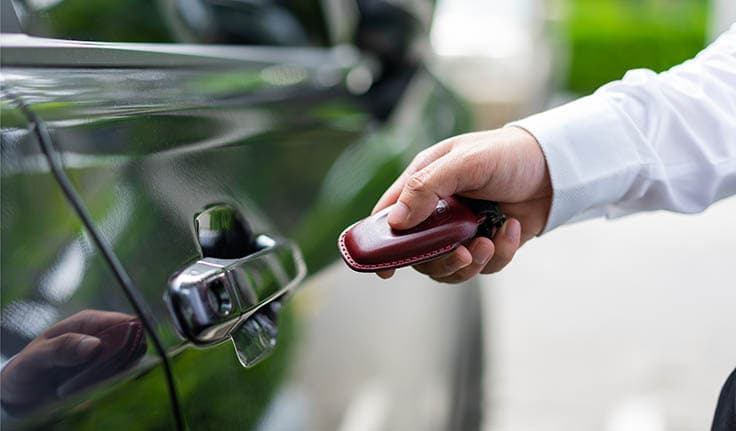Wondering what to do after a car accident that's not your fault? In this article we share some helpful steps for drivers to follow after an accident.
Getting in a car crash can be a traumatic experience that can leave you feeling overwhelmed, especially when the accident is not your fault. Knowing what to do after a car accident that's not your fault can be confusing. Many people may not know the initial steps to take following the accident, but it can save a lot of frustration if you have a general idea of how to respond.
In the U.S., the annual economic cost of road crashes is $340 billion. Maintaining auto insurance and knowing how to file a claim after an accident can help protect you against overwhelming financial burdens.
In this article, we’ll share some helpful steps* for drivers to follow for what to do after a car accident that's not your fault and after car accidents in general.
*Note: this list is not intended to be comprehensive and is for informational purposes only; the exact steps to be taken following an accident will depend on the specific circumstances presented.
8 Helpful Steps a Driver Can Follow After a Car Accident
Ensure Safety
First and foremost, ensure that you and any passengers are safe. Take a moment to assess the situation. If it is safe to do so, move the vehicle to the side of the road to help avoid further accidents. Otherwise, wait for direction from the authorities.
Call 911
Even if there are no serious injuries, it is important to call 911. Carefully follow any instructions provided by the dispatcher and/or emergency response personnel. If police are dispatched, the police report will be important when filing an insurance claim. If police are not dispatched, be sure to file an incident report with the police department.
Document the Scene
Take photographs of the accident scene, including all vehicles involved, any visible damages, license plates, and any road or weather conditions that may have contributed to the accident, so long as it is safe to do so. Get as many angles as possible to paint the picture of what happened. Photos will come in handy if you need to file a claim, and they can also help you recall the events of the accident (note, that some state privacy laws may prohibit photographing individuals without their express permission).
Exchange Information
Collect the following information from the other driver:
- Name and contact information
- Insurance company and policy number
- Driver's license and license plate number
- Make, model, and color of their vehicle
Gather Witness Information
If there are any witnesses, get their names and contact information. Their statements can be valuable in supporting your version of events.
Seek Medical Attention
Even if you don't feel injured, it can be a good idea to get checked out by a medical professional. Some injuries may not be immediately apparent.
Notify Your Insurance Company
Report the accident to your insurance company as soon as possible. Provide all the information and documentation you have collected so that they can start determining the next steps.
Keep Records
Maintain a file of all documents and communications related to the accident, including the police report, medical bills, repair estimates, and any correspondence with insurance companies.
Maintaining auto insurance and knowing how to file a claim after an accident can help protect you against overwhelming financial burdens.
Conclusion
Getting into an accident is stressful, regardless of who is at fault. By following these steps, you can help ensure that the aftermath of the accident is managed more efficiently. If you need further guidance on how to file and manage an insurance claim after talking to your insurance agent, you may want to contact an insurance attorney who can help you through the process.
If you don't have auto insurance or are unhappy with your current coverage, Acrisure can help! Learn about types of auto insurance coverage or request an auto insurance quote to get started now.







